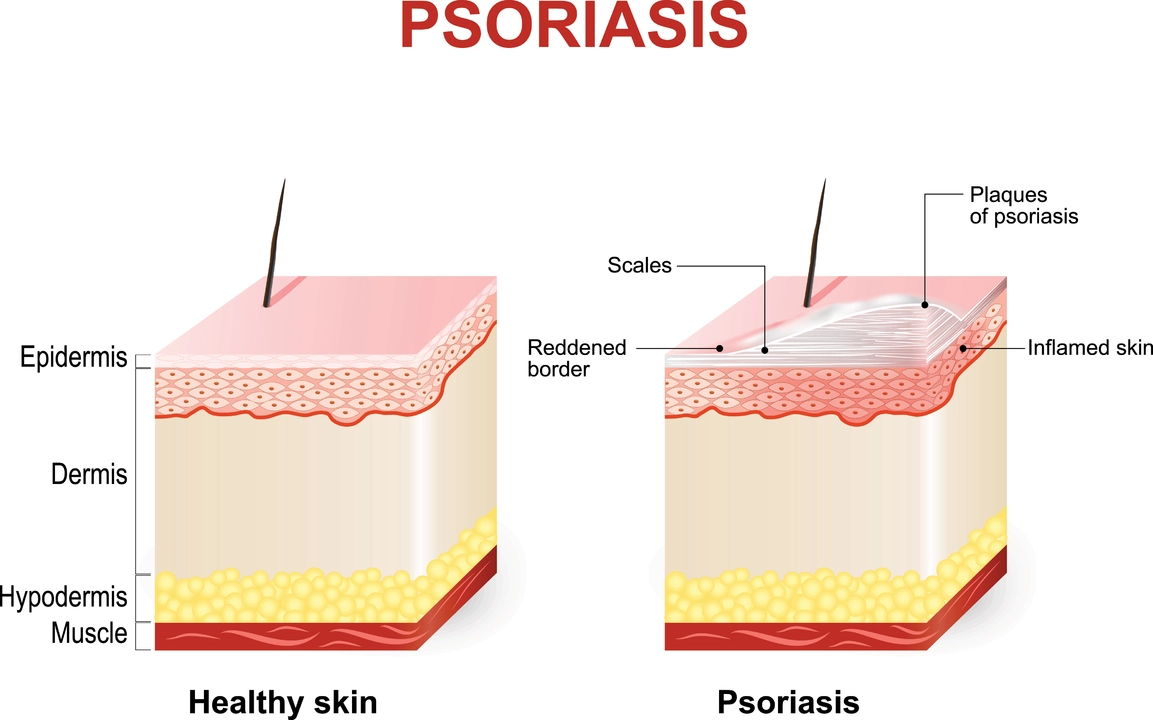Plaque Psoriasis: What It Is, Why It Happens, and How to Tame It
Ever notice red, silvery patches on your elbows, knees or scalp that just won’t go away? That’s plaque psoriasis – the most common type of psoriasis. It isn’t contagious, but it can be stubborn. The good news is you don’t have to live with constant itching and embarrassment. Understanding what triggers flare‑ups and which treatments actually work can make a big difference.
Spotting the Signs and Triggers
Plaque psoriasis shows up as thick, raised patches (plaques) covered in white or silver scales. They’re usually red underneath, feel dry, and can crack or bleed if you scratch them. Common spots are elbows, knees, scalp, lower back and navel area. It often starts in the teen years or early adulthood, but it can appear at any age.
Triggers differ from person to person. Stress is a big one – when life gets hectic, your skin may flare up. Cold, dry weather dries out the skin and makes plaques more visible. Certain medications like beta‑blockers or lithium can also set things off. Even infections (especially strep throat) can kick off a sudden outbreak.
Practical Ways to Keep It Under Control
The first step is moisturizing. Thick, fragrance‑free creams lock in moisture and reduce cracking. Apply right after a shower while the skin is still damp – that’s when it works best.
Topical treatments are the backbone of daily care. Over‑the‑counter cortisone creams can calm mild patches, while prescription options like vitamin D analogues (calcipotriene) or retinoids target tougher plaques. If you’ve tried creams without success, a short course of oral steroids might be recommended by your doctor.
Light therapy (phototherapy) is another solid choice. Exposing the skin to controlled UVB light helps slow cell growth and reduces scaling. Many clinics offer narrow‑band UVB sessions that are safe when done under supervision.
Biologic drugs have changed the game for moderate‑to‑severe cases. These are injections or infusions that target specific immune pathways, dramatically cutting down flare frequency. Talk to a dermatologist about whether you qualify – they’re pricey but often covered by insurance if your condition is severe enough.
Lifestyle tweaks also matter. Keep stress in check with activities you enjoy – walking, yoga, even short breathing exercises can lower flare‑ups. Stay hydrated and eat a balanced diet; some people find that cutting back on sugary or processed foods helps.
Finally, protect your skin from injury. A cut or scrape can create a new plaque at the site (the Koebner phenomenon). Wear gloves when doing rough work, and avoid harsh soaps that strip natural oils.
Living with plaque psoriasis isn’t easy, but you have more tools than ever to keep it under control. Start with simple steps like moisturizing and stress management, then move up to prescription creams or light therapy if needed. Keep an eye on what triggers your own flare‑ups, and work closely with a dermatologist to find the right mix of treatments for you.
